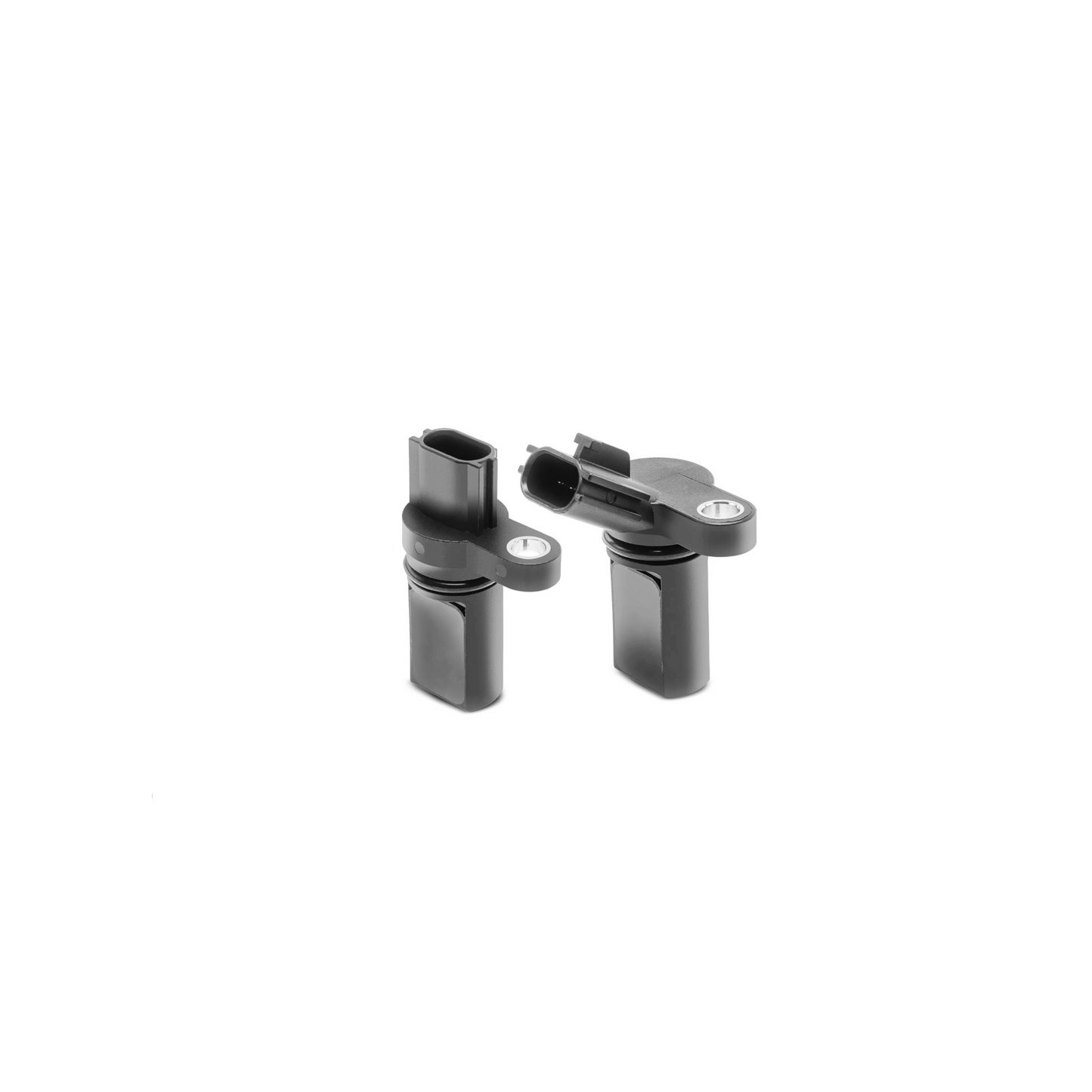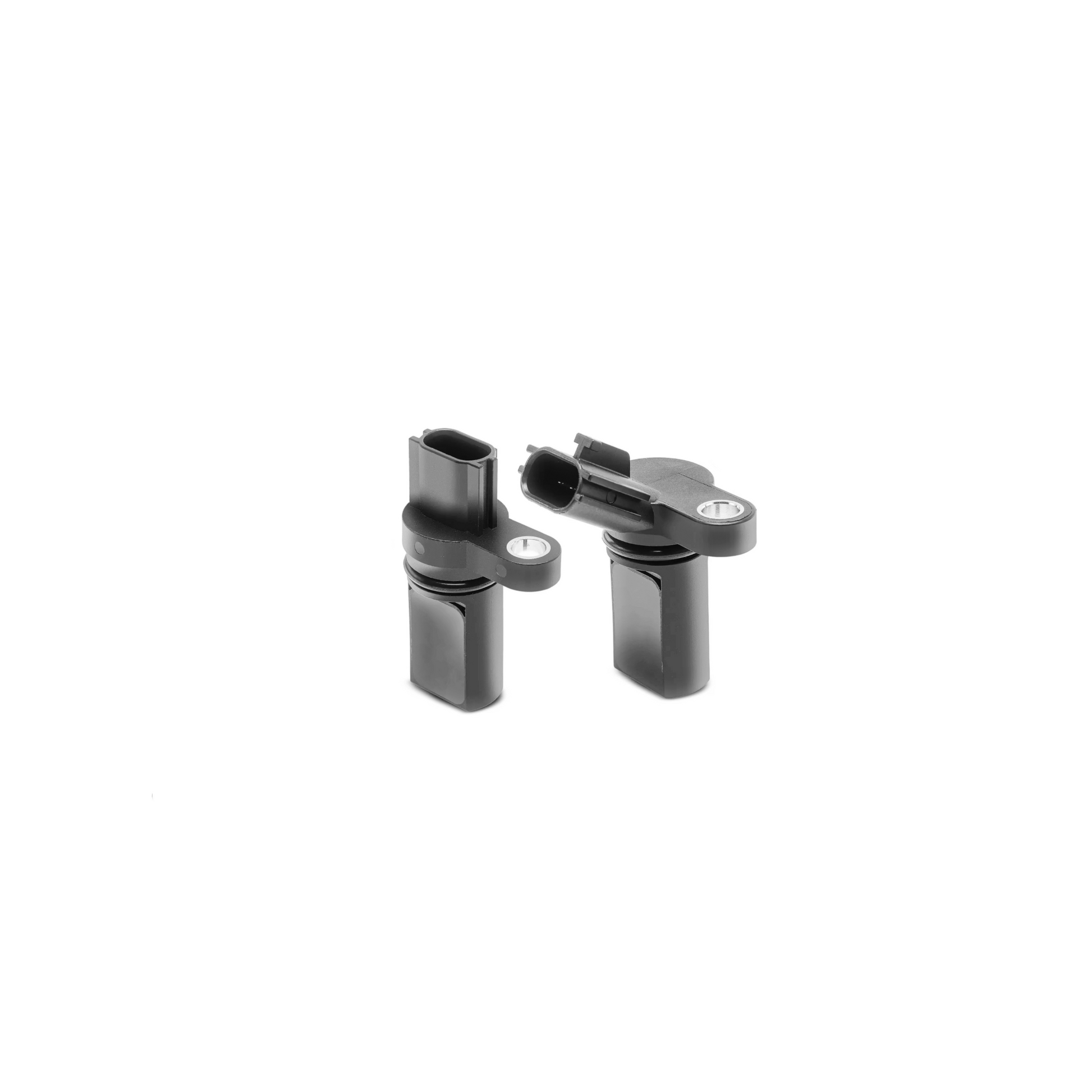VQPLUG
G35/350Z Camshaft Position Sensor Bank 1 & Bank 2 | OEM Replacement VQ35DE
Couldn't load pickup availability
Camshaft Position Sensors (Bank 1 & Bank 2) for G35 (2003-2007) & 350Z (2003-2005)
Replace your failing camshaft position sensors with these high-quality OEM replacements designed for Infiniti G35 and Nissan 350Z VQ35DE engines. These sensors are essential for proper engine timing, helping your ECU determine when to open and close the intake valves for optimal performance.
Bank 1 vs. Bank 2: What’s the Difference?
• Bank 1 (Driver’s Side): Uses a straight-style camshaft position sensor.
• Bank 2 (Passenger’s Side): Features an L-shaped camshaft position sensor.
The design difference corresponds to the mounting positions on the engine, ensuring proper alignment and fit within the cylinder heads.
Features:
• OEM Fit and Function: Direct replacement for factory camshaft position sensors.
• Fix Common Issues: Resolves misfires, poor engine performance, and trouble codes P0340 (Camshaft Position Sensor Circuit Malfunction - Bank 1) and P0345 (Camshaft Position Sensor Circuit Malfunction - Bank 2).
• Durable Construction: Built to handle the heat and vibration of the engine environment.
• Easy Installation: Clear differentiation between Bank 1 and Bank 2 sensors for a straightforward replacement.
Fitment:
• Infiniti G35 Coupe: 2003–2007
• Infiniti G35 Sedan: 2003–2006
• Nissan 350Z: 2003–2006
Engine: 3.5L V6 (VQ35DE)
What do Camshaft Position Sensors Do?
Camshaft position sensors monitor the rotation of the camshafts and provide crucial data to the engine control unit (ECU) about valve timing. Both Bank 1 and Bank 2 sensors perform the same basic function—tracking the camshaft’s position in their respective cylinder banks—but they operate independently to ensure proper synchronization across the engine. The ECU uses data from both sensors to calculate the timing of the intake valves for each bank, ensuring they open and close at the right moment relative to the crankshaft’s position. This synchronization is vital for smooth operation, as the sensors work in tandem to maintain balanced timing between the two banks, preventing misfires and ensuring efficient engine performance.

Have a Question About This Product?
-
What is the part number to verify this is an OEM part?
Hello!
This item is our "OEM Replacement" variant. If you would like to buy the OEM one from Nissan directly, click Here
-VQPLUG

